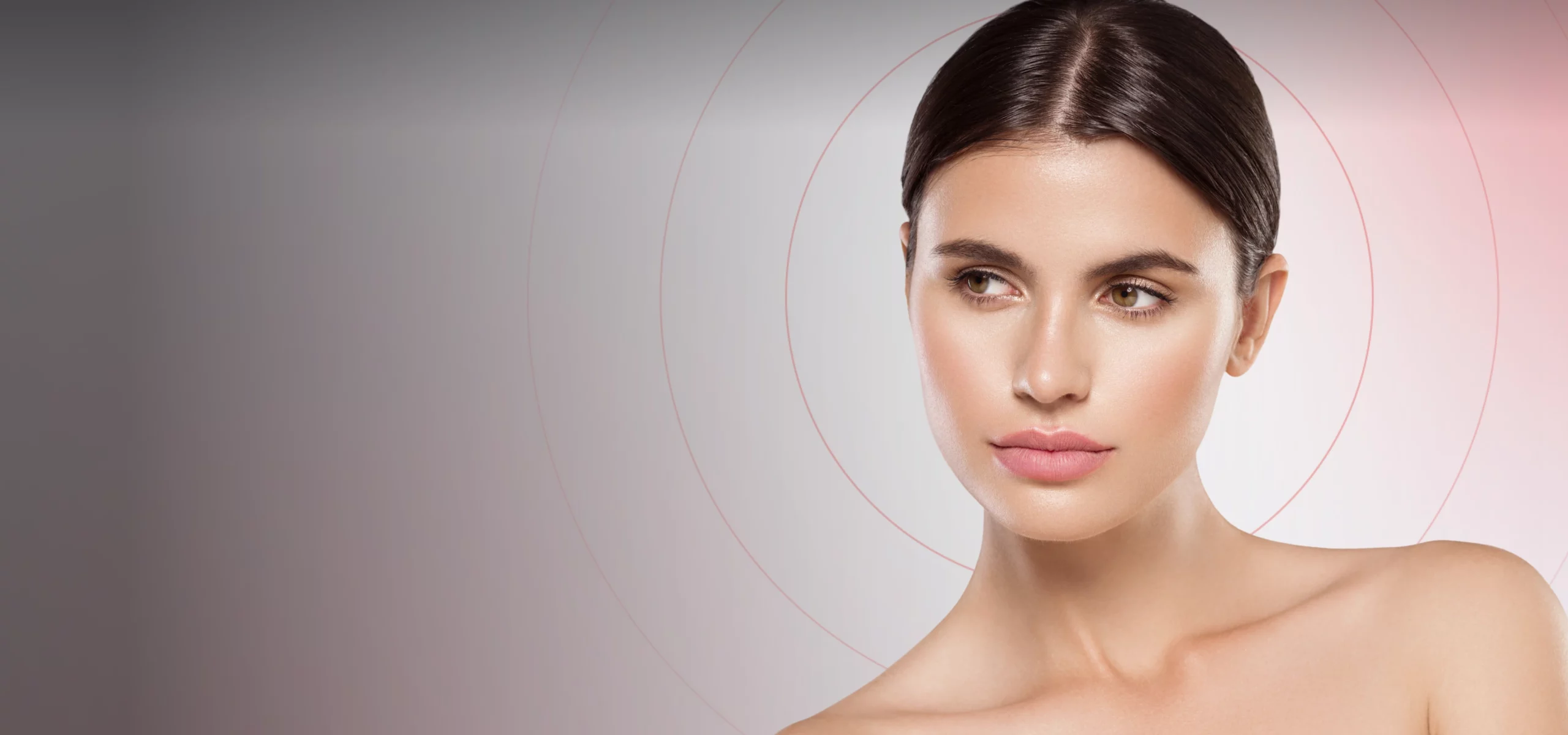
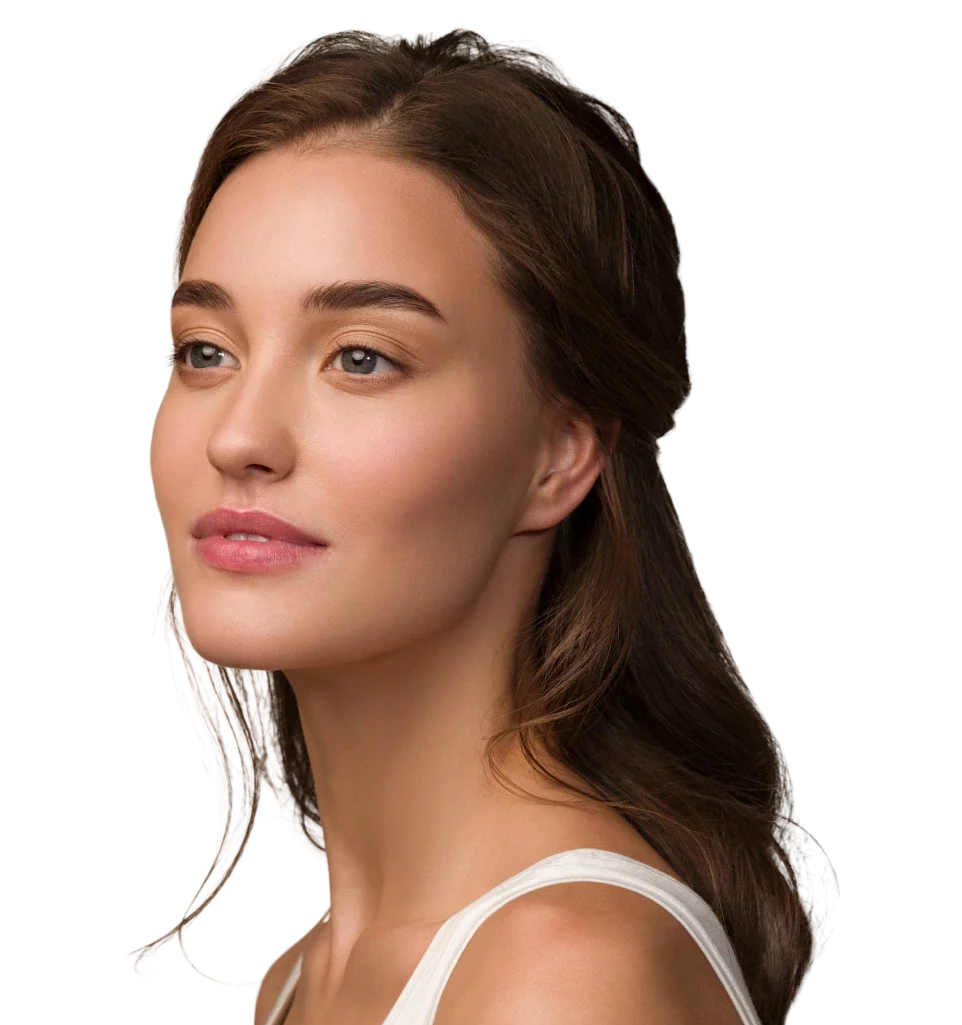
Dr. Freeman typically performs upper blepharoplasty using a local anesthetic combined with sedation to ensure patient comfort throughout the procedure. In select cases, general anesthesia may be administered, especially if the surgery is part of a broader facial rejuvenation plan. This approach allows for a painless experience while maintaining patient safety.
Dr. Freeman makes incisions inside the lower eyelid to minimize visible scarring. These hidden incisions allow discreet access to underlying structures, eliminating external scars.
During the procedure, Dr. Freeman carefully removes excess skin that contributes to drooping or heaviness of the upper eyelids. He also addresses excess fat by removing or repositioning it to achieve a balanced, refreshed eyelid contour. This meticulous work ensures the eyelids look rejuvenated without compromising their natural shape.
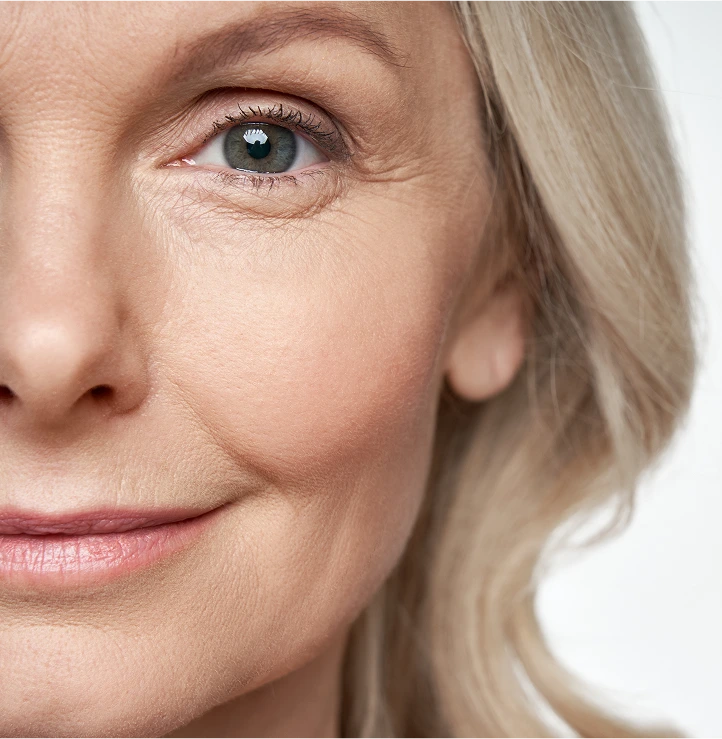
Keeping the head elevated during the first 24 hours after the surgical procedure is crucial to reduce swelling and minimize bruising. Excessive tearing and mild discomfort are common as the healing process begins. Applying cold compresses and artificial tears can help soothe irritation and support a smooth transition through the initial recovery phase.
Most patients experience noticeable swelling and bruising during the first week, with bruising typically fading within 7 to 10 days. Makeup may be used during this time to conceal any discoloration. Contact lenses should be avoided in the early days of the recovery period to prevent irritation, and artificial tears can continue to ease dryness or discomfort.
The recovery process progresses well by the second week, though mild swelling may persist for some individuals, while others see it resolve completely within 7 days. During this period, patients can gradually resume normal activities while still taking care to avoid strain. Any lingering symptoms or concerns can be discussed during follow-up appointments to ensure optimal healing.
The recovery process progresses well by the second week, though mild swelling may persist for some individuals, while others see it resolve completely within 7 days. During this period, patients can gradually resume normal activities while still taking care to avoid strain. Any lingering symptoms or concerns can be discussed during follow-up appointments to ensure optimal healing.
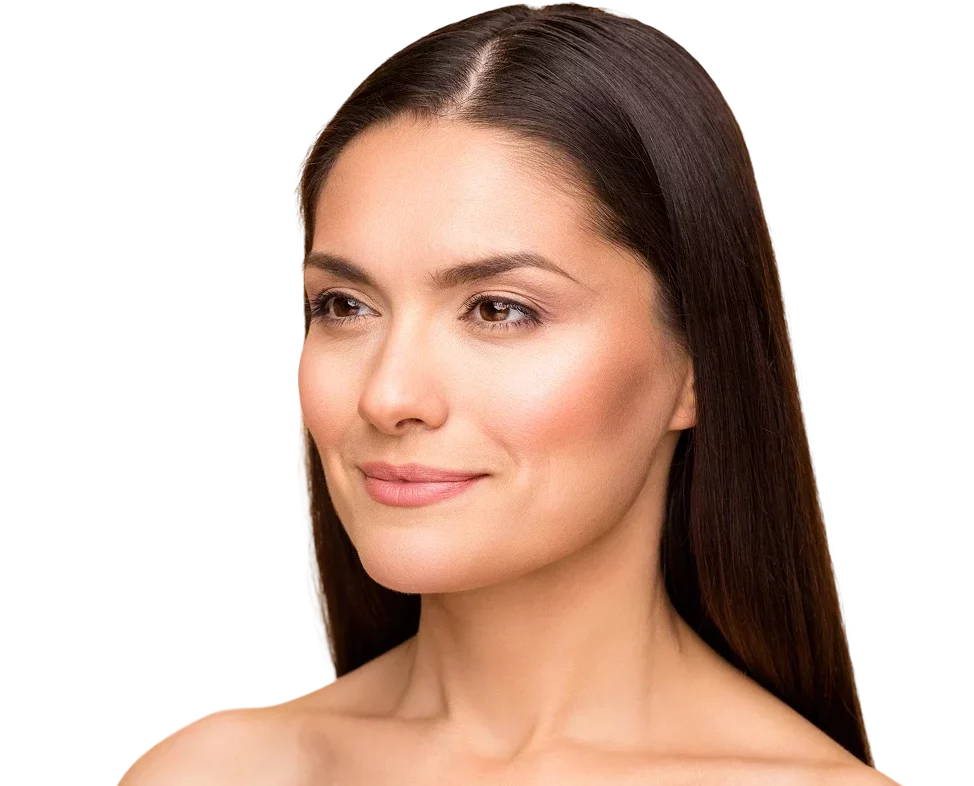
Eyelid surgery results are generally long-lasting and can effectively restore youthful contours to the eyes. However, it is essential to understand that the natural aging process continues even after the procedure. While the surgery removes excess skin and fat to create a refreshed appearance, factors such as gravity, sun exposure, and skin elasticity may gradually affect the eyelids. Despite this, many patients enjoy the benefits of their eyelid surgery for many years before any noticeable changes occur. Regular skincare and healthy lifestyle choices can help maintain the results and prolong the youthful contours achieved through surgery.

Individuals experiencing sagging eyelids

Patients with vision impaired due to excess skin

Those in good health without severe medical conditions

People seeking improvement in eyelid contour and function

Adults with realistic expectations for surgical outcomes
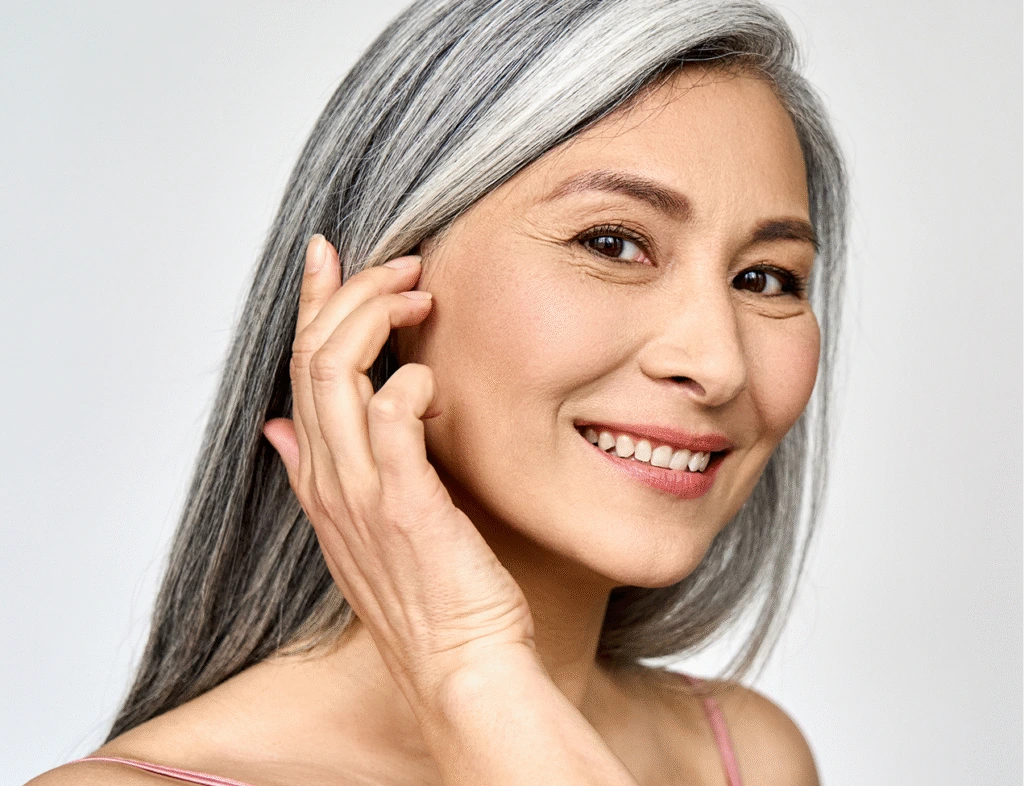
The cost of upper blepharoplasty in Charlotte, North Carolina, ranges from $3,000 to $6,000, depending on factors such as the surgeon’s experience and the specifics of the procedure. When combined with lower blepharoplasty, the overall price may increase, but it can provide a more comprehensive rejuvenation of the eye area.
It is essential to consider that costs can vary based on anesthesia, facility fees, and any additional treatments included. Patients are encouraged to discuss pricing details during their consultation with Dr. Freeman to understand the full scope of expenses.
Only Faces approaches upper blepharoplasty with a precision and artistry that reflects a deep understanding of eyelid anatomy and aging. We focus on creating natural-looking results that enhance the upper eyelids without appearing overdone or artificial. Attention to detail ensures that the delicate balance between the lower and upper lids is preserved, contributing to a harmonious overall look. Dr. Freeman’s expertise, including his invention of the SOOF lift for lower lids, informs his comprehensive perspective that elevates the outcomes of upper eyelid surgery. This thoughtful integration of advanced techniques sets Only Faces apart in upper blepharoplasty care.
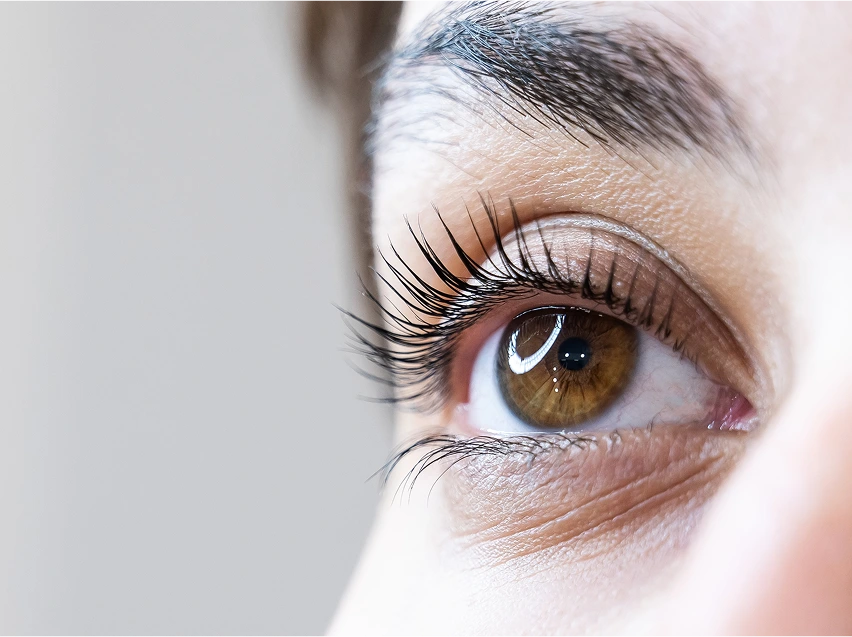
Sagging eyelids are typically caused by the natural aging process, which leads to the loss of skin elasticity and weakening of the muscles supporting the eyelids.
Upper eyelid lift can be performed for functional reasons (to improve vision) and as a cosmetic surgery for aesthetic improvement, aiming to achieve natural results.
The primary focus of upper eyelid surgery is to correct drooping eyelids by removing excess skin and fat to restore a more open and refreshed eye appearance.